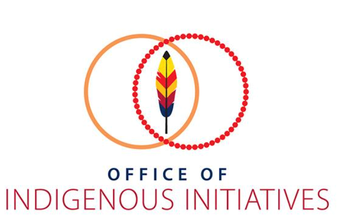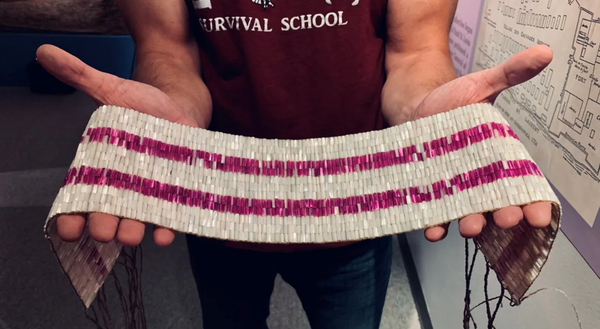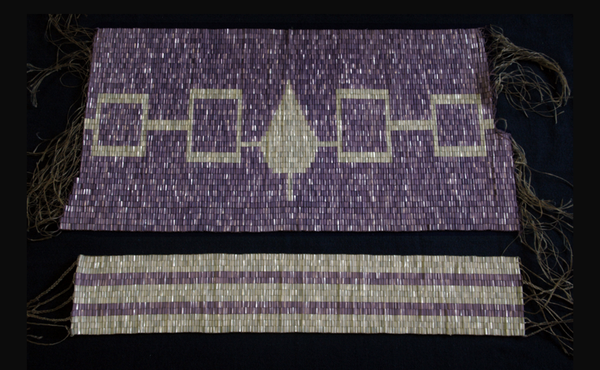
Written by Catherine Andre
In 2012, the Truth and Reconciliation Committee of Canada (TRC) announced the cultural genocide of Indigenous Peoples by Canadian governmental and religious institutions, primarily through its state-sanctioned residential school system. The TRC submits a Call to Action that is in place today and is accessible to the public. September 30 is now the National Day for Truth and Reconciliation and it is also Orange Shirt Day, a day to remember all the children who were lost to the residential school system (as well as in the Sixties Scoop and ongoing injustice within the foster care system). It is also meant to celebrate Indigenous resilience and ongoing commitment to the fact that Every Child Matters. Queen’s University’s Office of Indigenous Initiatives is running events and Learning Opportunities during the week of September 26-30 to foster discourse and tools that can be used in daily practice to employ the TRC’s Calls to Action and encourage ongoing support to Indigenous communities.
Reconciliation is not just about apologies and words; it is a call for ongoing action and relationship. Reconciliation involves active participation in the support of Indigenous sovereignty, Indigenous cultural practices, education, health, and more. Reconciliation is a call for all residents on this land to honour their responsibility to each other’s wellbeing because relationships are a two-way street. This understanding of the symbiotic nature of relationships on shared land is written into the 1764 Treaty of Niagara or what is known as the Two-Row Wampum, an agreement formed between the nations of the Haudenosaunee Confederacy and non-Indigenous settlers, of which the unceded lands of Kingston are a part. As residents on this unceded land, we are a part of communal relationships that involve mutual support and cooperation. When one part of the Two-Row Wampum is suffering or in need, the others offer friendship and support.
One example of how this can be done is by helping to fund and support Indigenous initiatives. In acknowledgement of the TRC’s Calls to Action, the Queen’s University Office of Indigenous Initiatives is hosting events and Learning Opportunities from September 26-30 to honour the National Day for Truth and Reconciliation on September 30. There will be an array of events for you to take part in, including an Art Exhibit at Stauffer Library, a workshop on how to incorporate the TRC recommendations into your classroom, a Beading Workshop, Paint Night, and ends with a Sacred Fire which everyone is welcome (and encouraged) to attend.
Four Directions Indigenous Student Centre is also hosting a Sacred Fire that day for Indigenous students. Remember to wear your orange shirts!

The earliest [treaty] is the two-row wampum, an agreement between the Dutch and Haudenosaunee in 1613 in what is now New York state. The two-row wampum represents a river and the parallel lines represent the paths of each party's vessel, and while they may travel forward together they will not intersect or interfere with each other."

The Aionwá:tha Wampum Belt (above) and Two Row Wampum Belt (Below).
If you want to learn more about treaties in Ontario, check out the CBC's article about them here.